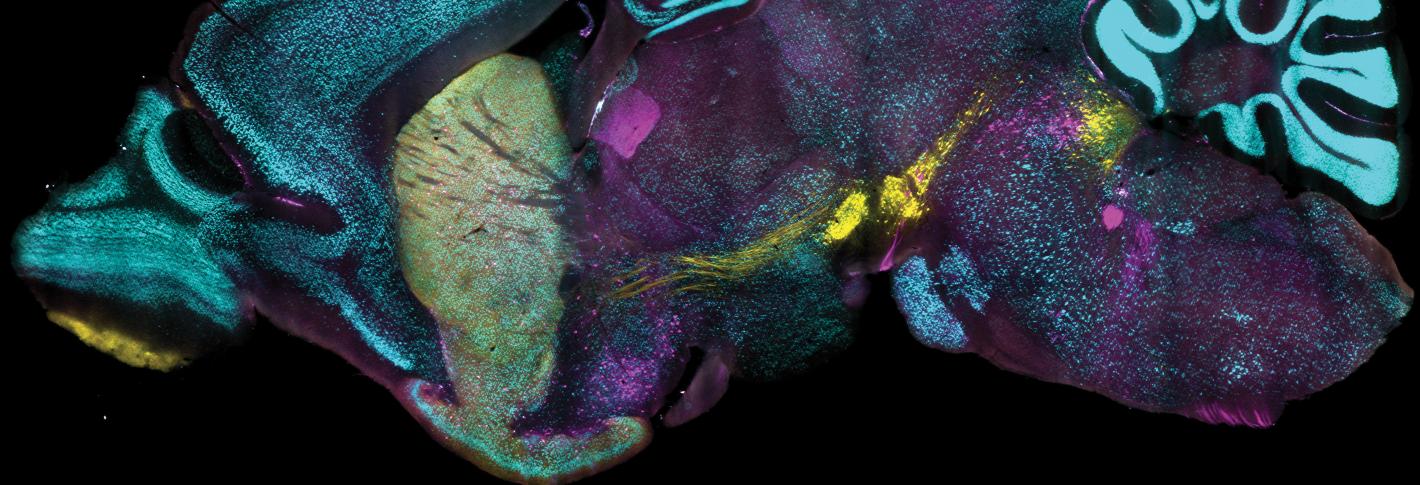Movement disorder ALS and cognitive disorder FTLD show strong molecular overlaps, new study shows
Single-cell gene expression patterns in the brain’s motor and frontal cortex, and evidence from follow-up experiments, reveal many shared cellular and molecular similarities that could be targeted for potential treatment


